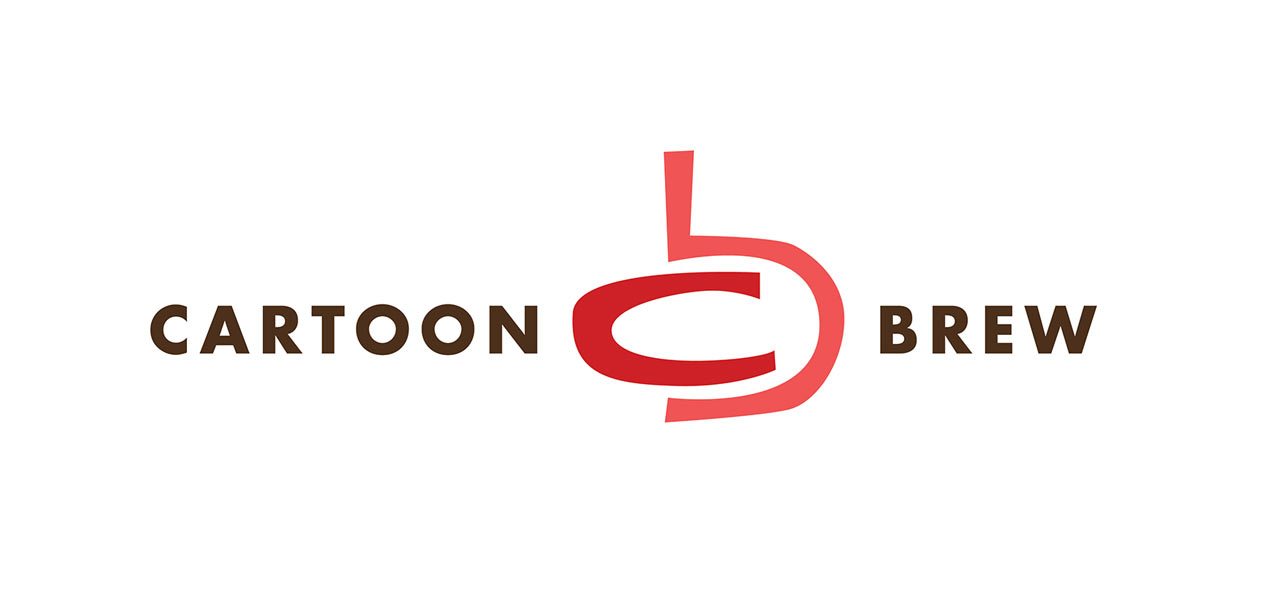

Cartoon Brew TV #23: Pump Trouble (1954)
Our special series “The Modern Art of Gene Deitch” continues this week with Pump Trouble, Deitch’s second long-form directorial effort at UPA-NY following Howdy Doody and His Magic Hat. We would like to dedicate this episode to the late, great Allen Swift, who passed away last week.
Here is Gene with the rest of the story about this film:
Gene Deitch
Prague
February 2010Steve Bosustow had no trouble whatever in luring me back to UPA in 1951, sending me to New York with the founding group of the studio there. So once again I was cashing in on the reputation established by Hollywood titans! I was coming in style to The Big Apple!
I could hardly have done that on my own. The challenge was to live up to the great reputation created by others. With that wonderful 3-egg, red, yellow, and blue UPA logo, we had no trouble getting commercial orders from the top agencies and organizations. I was soon not only a director, but a UPA director, and I had to somehow not smudge that lofty label. Soon we had two nearly simultaneous orders for iconic films–the first was for Howdy Doody and His Magic Hat. The second was for The American Heart Association, who wanted a two-reeler that would alert people in an entertaining way to the realities of heart disease. It could have been deadly…..dull.
My friend and colleague, Bill Bernal, and I were then both of the opinion that Citizen Kane was the greatest movie ever. We hit upon a story idea that would unblushingly swipe the concept and structure, and form it into a cartoon documentary of a guy whose life has led him to believe he was doomed to die of a heart attack. We named our hypochondriac protagonist “Cordell Pump,” and thus the title, Pump Trouble. I put my big guns on the project, Cliff Roberts on design, Grim Natwick and Duane Crowther animating, and found a great dynamic Spanish composer, Carlos Surinach, for the music.
My storyboard called for eight speaking parts. Our studio secretary, Hedy Cramer, put out a call to the major talent agencies to send their best voice men to audition for the parts. When the day arrived, our reception room was haunch-to-paunch with the best voice talent in New York. I ran each one of them through the storyboard, asking them to choose which of the eight characters they’d like to try out for, and they each did well with one or another of the characters. I was recording the auditions so that I could later make my choices for the various parts. The last waiting actor was a slightly pudgy gent with thinning hair, named Allen Swift, at the time doing kooky voices on the Howdy Doody Show. When Swift got his turn, he pointed to one of the characters on my storyboard that he thought he could do well. His take on the character had me laughing so loudly that I didn’t realize that he started to also do one of the other voices. It too was great. “I think I could also to this one,” he said calmly in his naturally quiet voice.
You guessed it. Allen Swift ended up doing all eight voices so perfectly that I sent all the other men and women home. That was how we met, and Allen is my best friend to this day.

